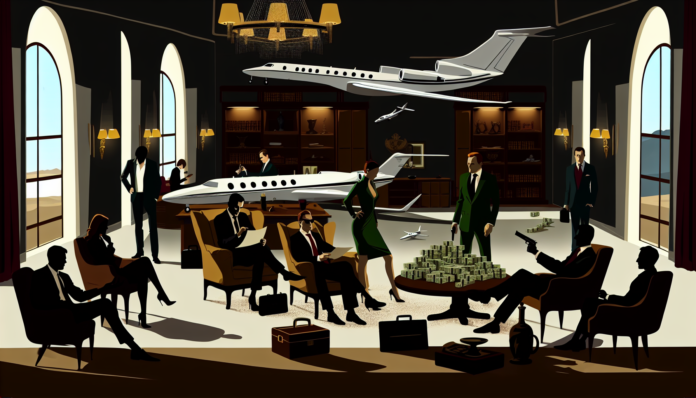The Scandal That Shook the Nation: The Bill Clinton and Monica Lewinsky Affair
Introduction
In the late 1990s, few events captivated the American public quite like the scandal surrounding President Bill Clinton and White House intern Monica Lewinsky. What began as a seemingly innocuous relationship soon spiraled into a full-blown national controversy, ultimately leading to Clinton’s impeachment by the House of Representatives. This scandal not only disrupted the political landscape but also ignited an intense discussion on morality, power, and gender dynamics in American society.
In the backdrop of this scandal lay a society grappling with its moral compass. The 1990s were characterized by a blend of economic prosperity, the rise of the internet, and shifting social norms. Yet, traditional values still loomed large, creating a paradox that made the scandal all the more gripping.
The Scandal
The affair began in 1995, when a 22-year-old Monica Lewinsky took an internship at the White House, where her flirtation with the then-46-year-old president escalated into sexual encounters. The relationship included numerous instances of intimate encounters in the Oval Office, with reports suggesting a particularly infamous “blue dress” bearing Clinton’s DNA.
As the scandal unfolded, it became a media frenzy. Key revelations came to light through the testimony of Linda Tripp, a former colleague of Lewinsky, who secretly recorded their conversations. Tripp later shared these tapes with Kenneth Starr, a special investigator probing unrelated allegations against Clinton, which led to a full inquiry into the president’s conduct. The scandal reached its peak when Clinton famously testified, “I did not have sexual relations with that woman, Miss Lewinsky,” a statement that would haunt him as evidence emerged to the contrary.
Quotes from the time captured the outrage; conservative commentator Rush Limbaugh dubbed the affair “the scandal that proves he is unfit for office,” while many from the left debated the implications of power dynamics and consent.
Moral and Cultural Analysis
Society’s reaction to the Clinton-Lewinsky affair was deeply polarized. Supporters of Clinton viewed the scandal as a personal matter that should not dictate his professional merit, while detractors used it to push for his impeachment for perjury and obstruction of justice. In the end, Clinton was acquitted by the Senate, reflecting a divided nation, and the scandal left a lasting impact on American political discourse.
The culture of the late 90s contrasted sharply with today’s evolving values. Women’s empowerment movements and greater awareness of sexual harassment illustrate a significant shift in how such scandals are perceived. Today, the discussion would likely focus not only on Clinton’s actions but also on the power imbalance inherent in their relationship and the lasting effects on Lewinsky’s life and career.
In modern contexts, factors such as social media and the #MeToo movement would have amplified the public’s response, potentially leading to severe consequences for Clinton. The narrative surrounding the scandal would likely prioritize Lewinsky’s perspective, emphasizing her agency rather than the sensationalism that surrounded her at the time.
By examining this historical scandal through a contemporary lens, we can see the evolution of societal attitudes towards power, gender, and accountability, making the tale of Bill Clinton and Monica Lewinsky not just a political anomaly, but a reflection of an ongoing cultural transformation.

